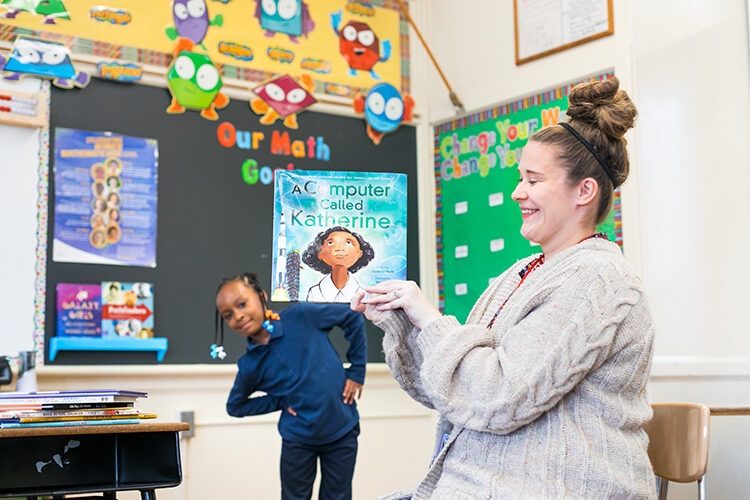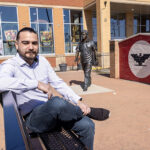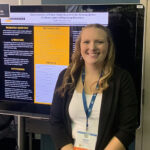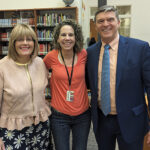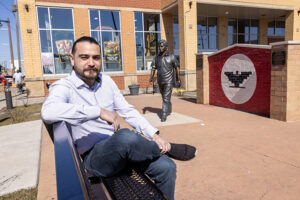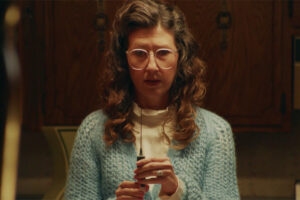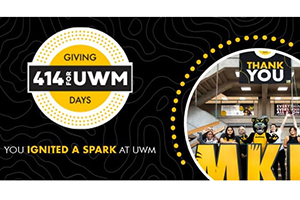Mathematics and science are core subjects in school and form the base for many career opportunities in STEM (science, technology, engineering and mathematics) fields.
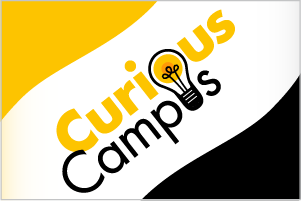
However, many children may not view themselves as mathematicians or scientists. And students of color especially may not get opportunities in schools that could encourage them to continue pursuing courses in higher-level mathematics or STEM-related fields.
On the latest episode of Curious Campus, we talk with two guests who are looking at ways to expand opportunities in mathematics and encourage diversity in STEM fields. DeAnn Huinker is a professor of mathematics education at UWM’s School of Education and director of the Center for Mathematics and Science Education Research. Danielle Robinson is a mathematics coach for Milwaukee Public Schools and an adjunct faculty member at the Department of Teaching and Learning in the School of Education.
Here’s some of what Huinker and Robinson had to say on this week’s Curious Campus. For more, check out the episode.
Could you tell us about your research project on children’s math identity?
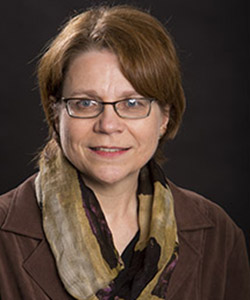
Huinker: Danielle had explored children’s math identity in her graduate research project. After she graduated and was working for the Milwaukee Public Schools at Brown Street Academy, I asked her if we could explore this topic more. With the help of the Women’s Giving Circle, a group of School of Education alumni and donors, we purchased books for the school featuring mathematicians and scientists of color and women.
Robinson: When I first got interested in the topic, I actually Googled mathematicians and clicked on the image tab, and what came up were pictures of white men, many of them no longer with us. That’s what the children drew when we asked them to draw a picture of a mathematician at the beginning of the school year – an older white man with a mustache. Through the year, the teachers incorporated books about mathematicians and scientists who were women and people of color. By the end of the year, the students were making the connection between themselves and those mathematicians and scientists. One third-grade girl, when we were learning about the book and movie “Hidden Figures,” pointed out Katherine Johnson, Dorothy Vaughan and Mary Jackson. I knew in that moment she was making the connection between herself and those three Black women who were mathematicians.
How did the project help the students with the actual process of doing mathematics?
Robinson: That was a crucial piece of the project. Oftentimes, we would ask the students, what does it mean to be good at mathematics, and they’d say, “They just get the answer off the top of their head.” Or “they’re really fast” or “they’re the kids who get called on all the time.” We read a book about Benjamin Banneker, who took two years to construct a living clock. We would have conversations about how he made errors and how he fixed them, and that’s what mathematics is all about. We wanted to change the language from success as being correct to perseverance and reasoning and valuing mistakes as something you can learn from.
Could you talk about the achievement gap between many Black students and their white counterparts?
Huinker: I would call it an opportunity gap rather than an achievement gap. I think historically mathematics has been an area that has excluded students of color. When we look at systems, such as tracking students or putting them into ability groupings or sometimes just underestimating what they can do, we have marginalized these students. As a mathematics community, we have to acknowledge there are systemic inequities in our system. We sort children more in mathematics than in any other area, and that is just wrong. We are fighting the idea that only some children can access mathematics or have ability at deeper levels.
What about mathematics anxiety that impacts both children and adults? How do you deal with that?
Robinson: Sometimes I would find my students were nervous to share their thinking if they were engaged in mathematical tasks. We would give them space to share and have a conversation about how making mistakes and figuring them out can help your brain to grow. Kiddos who wouldn’t share – and I wouldn’t push them – they would start to come out of their shell and raise their hand or talk with their partner. That was really wonderful to see them feel really confident in themselves.
Huinker: Teachers need to create the environment in the classroom that makes it OK to make mistakes and learn from them. It’s not immediate, mathematics isn’t fast and there’s more than one right way, but we need to start with our youngest learners.
